17 Common Mistakes Pet Owners Make (And How to Avoid Them)
Owning a pet is a rewarding experience, but it also comes with responsibilities that are easy to overlook. From misunderstandings about diet to neglecting essential grooming, pet ownership mistakes can affect your pet’s health and happiness. Here are 17 common mistakes pet owners make and how to avoid them to ensure your furry friend stays healthy, happy, and safe.
1. Skipping Regular Vet Visits
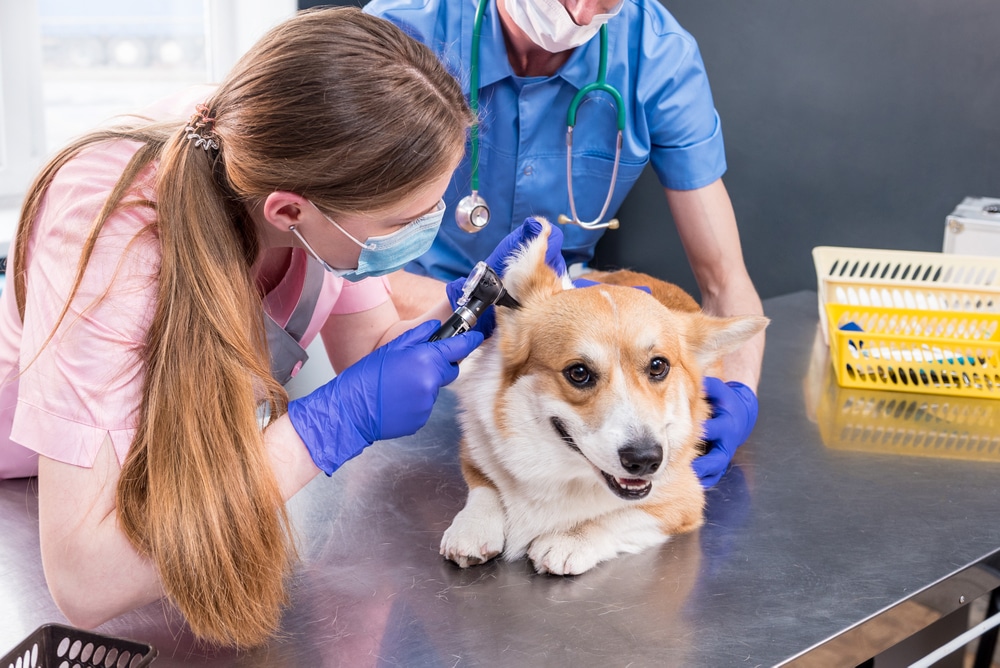
One of the most common mistakes is waiting until a pet shows signs of illness to visit the vet. Regular check-ups can catch health issues before they become serious and can help with disease prevention. Annual or bi-annual visits allow your vet to monitor your pet’s weight, dental health, and overall condition. Make a habit of scheduling routine appointments to ensure your pet stays in the best health possible.
2. Overfeeding and Underfeeding
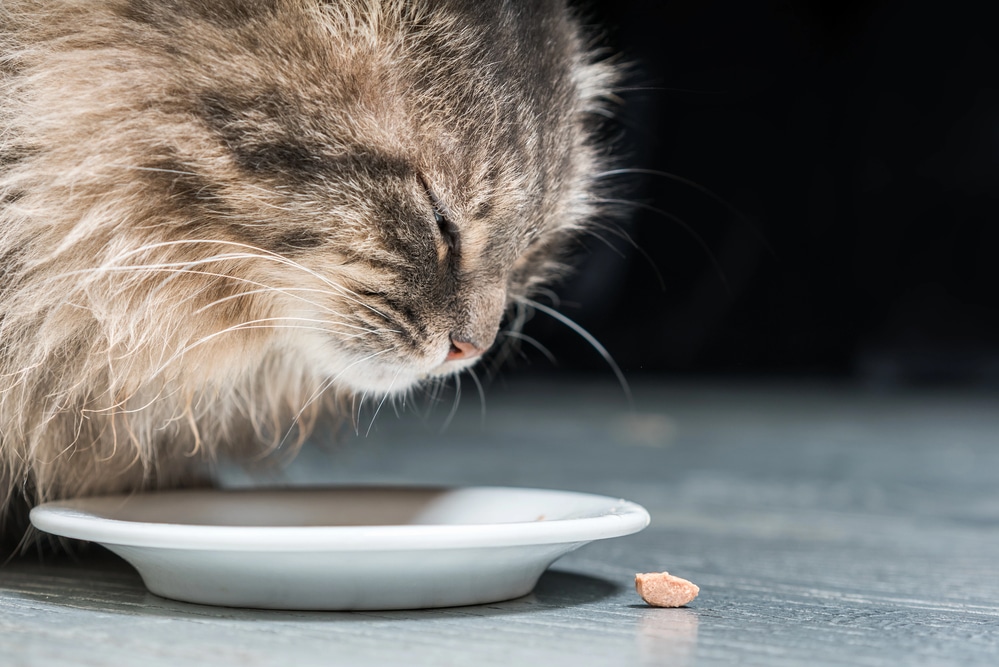
Many pet owners don’t realize they’re overfeeding or underfeeding their pets, leading to obesity or malnutrition. Each pet has unique dietary needs based on age, breed, and activity level. It’s essential to measure portions and follow vet-recommended feeding guidelines. Ask your vet about the appropriate food and serving size to keep your pet at a healthy weight.
3. Neglecting Dental Care

Dental health is crucial for pets, yet it’s often overlooked. Ignoring dental care can lead to plaque build-up, gum disease, and even systemic infections. Start by brushing your pet’s teeth regularly with pet-safe toothpaste or using dental treats designed to reduce tartar. Routine cleanings and dental checkups can also prevent painful dental issues down the road.
4. Not Providing Enough Exercise
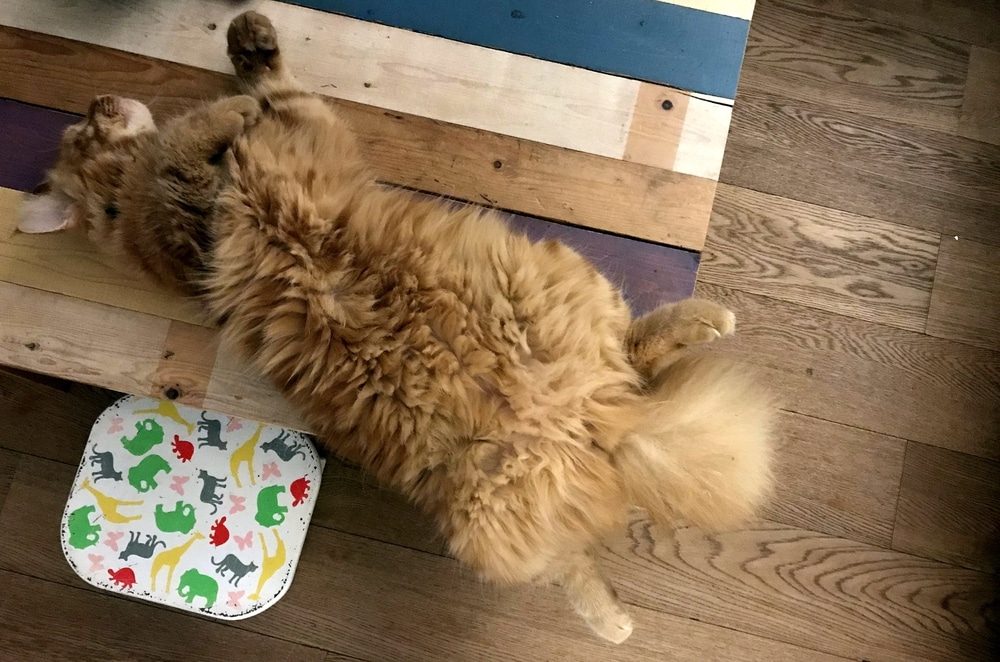
Exercise isn’t just for dogs—cats, rabbits, and other pets need mental and physical stimulation, too. Lack of exercise can lead to obesity, boredom, and behavioral problems. Ensure your pet gets daily playtime, walks, or activities that match their energy level. Interactive toys, scratching posts, or even training sessions can keep your pet mentally engaged and physically fit.
Follow us for more of these articles.
5. Ignoring Grooming Needs
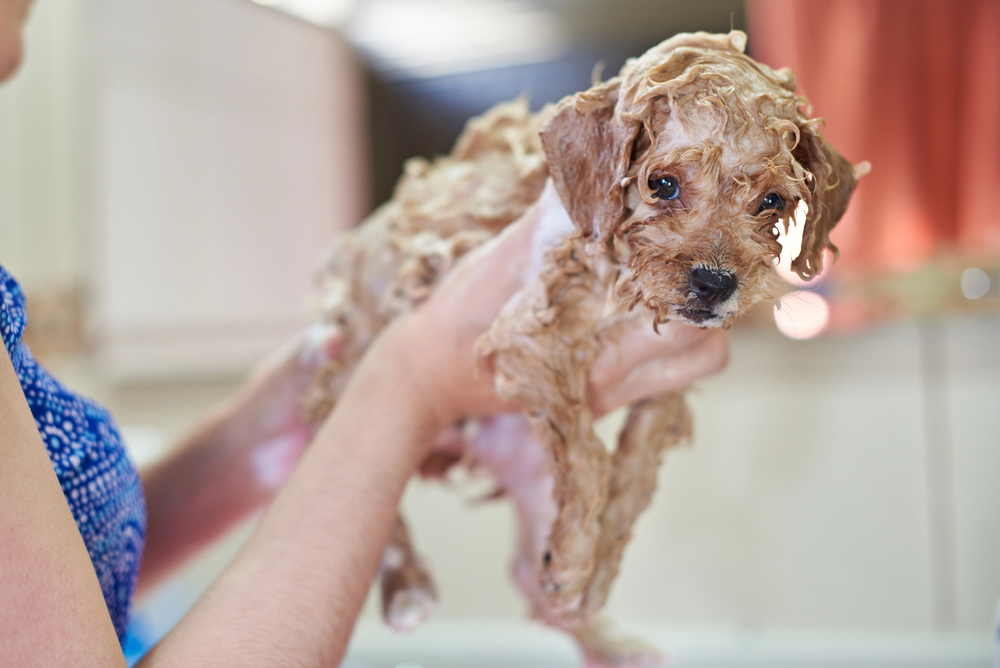
Grooming is about more than appearance; it’s essential for your pet’s health. Neglecting grooming can lead to matted fur, skin infections, and discomfort. Regularly brush your pet, trim their nails, and clean their ears. Grooming sessions are also an excellent opportunity to check for lumps, bumps, or parasites that may require a vet’s attention.
6. Using Unsafe Household Products
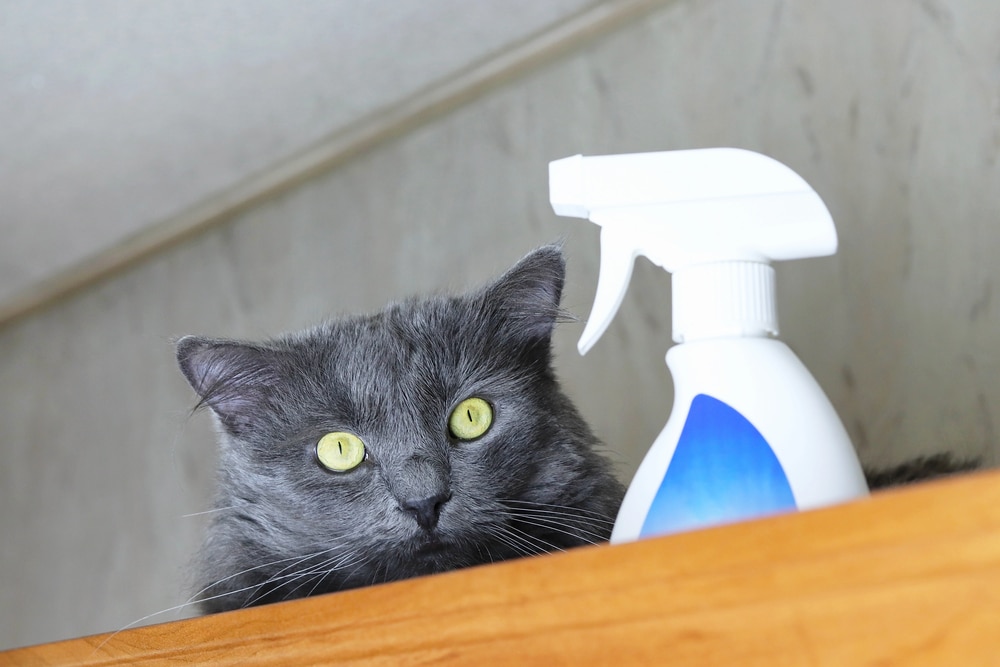
Many common household items, like certain cleaners and foods, can be harmful or even deadly to pets. Avoid leaving out toxic substances like chocolate, grapes, or cleaning chemicals within your pet’s reach. Research pet-safe products and store harmful items securely. Educating yourself on pet poisons can prevent accidental ingestion and emergency vet visits.
Follow us for more of these articles.
7. Not Training Properly

Behavioral problems are often due to a lack of proper training, which can lead to frustration for both pets and owners. Training should be consistent and based on positive reinforcement. Teaching basic commands helps your pet understand expectations and strengthens your bond. If you’re struggling, consider professional training to help guide you and your pet toward better behavior.
8. Skipping Flea and Tick Prevention
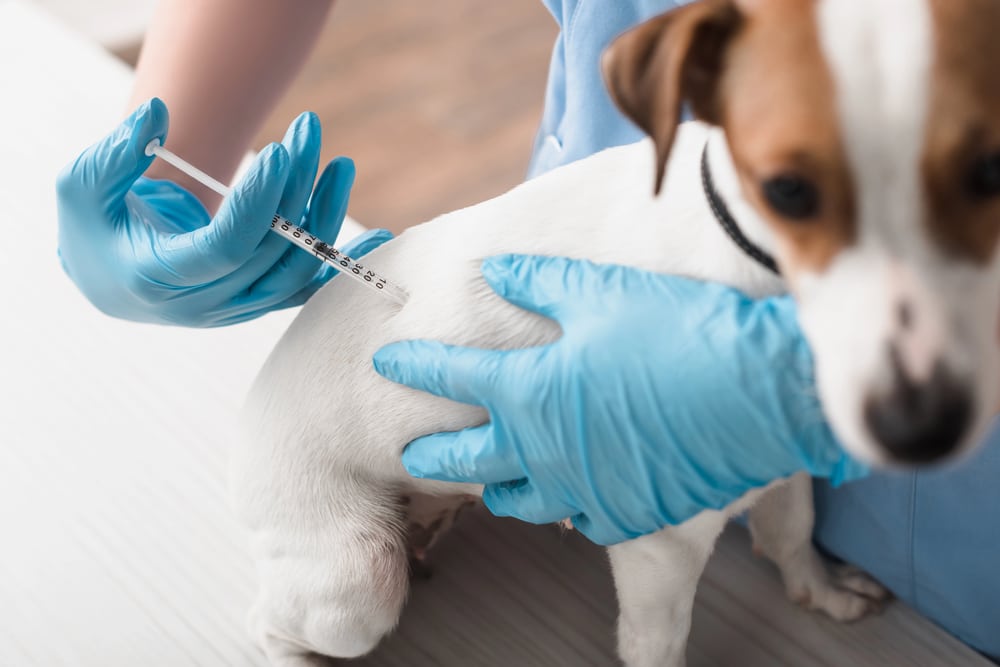
Fleas, ticks, and other parasites can cause significant health problems if not treated. Many pet owners skip regular flea and tick prevention, leaving their pets vulnerable to infestations. Use vet-recommended preventatives year-round, as fleas and ticks can still be active in cooler months. Preventive care is much easier than dealing with a full-blown infestation.
Follow us for more of these articles.
9. Letting Pets Roam Unsupervised
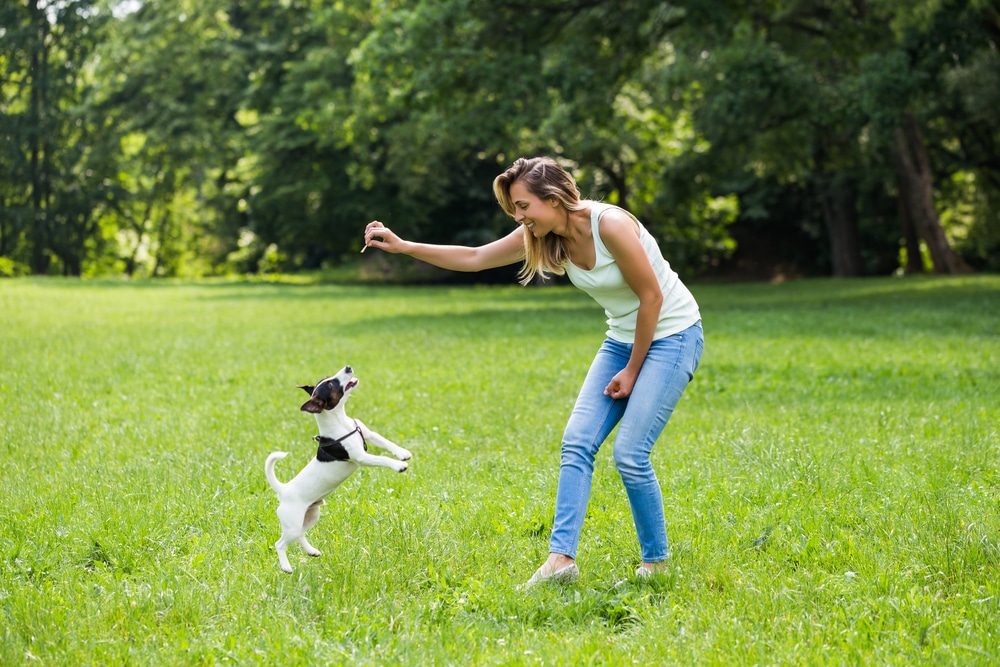
Letting pets roam freely, especially outdoors, exposes them to dangers like traffic, predators, and toxic plants. Even pets in safe neighborhoods can get into trouble when unsupervised. Instead, use a leash or secure your yard to ensure their safety. For cats, consider an outdoor enclosure where they can enjoy fresh air safely.
10. Not Providing Mental Stimulation

Pets, especially intelligent breeds, need mental stimulation to prevent boredom and stress. Lack of mental engagement can lead to destructive behaviors. Try introducing puzzle toys, interactive games, and training exercises to keep your pet’s mind sharp. Activities like nose work, hide-and-seek, and agility training are great ways to provide mental stimulation.
Follow us for more of these articles.
11. Failing to Socialize Early
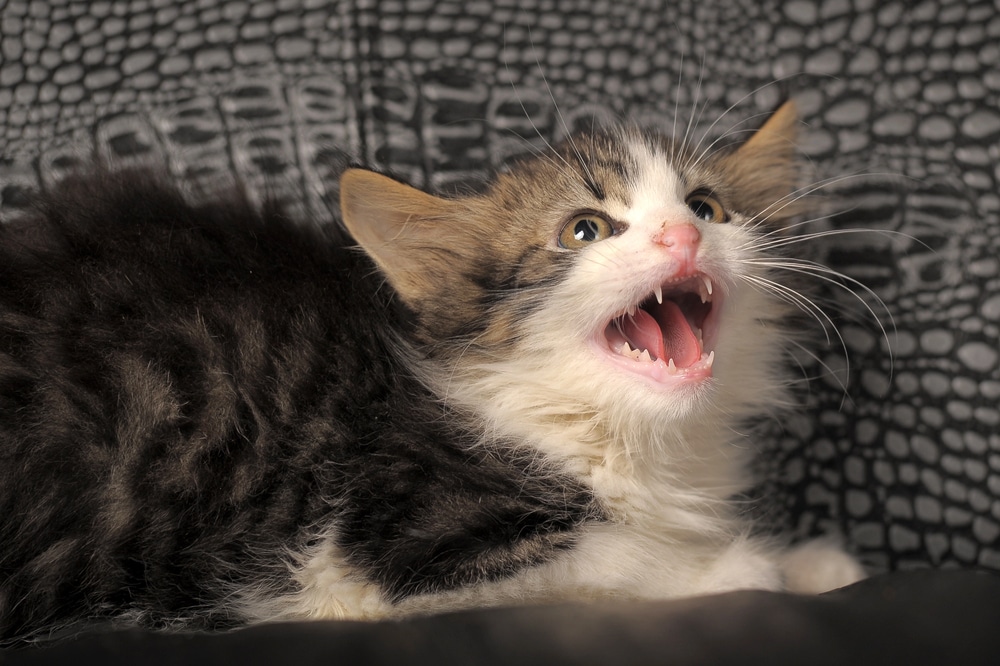
Socializing pets early helps them become well-adjusted adults. Pets that aren’t exposed to other animals, people, and new experiences can become fearful or aggressive. Gradually introduce them to new environments, pets, and people to build confidence. Early socialization is particularly important for dogs and cats but can benefit other pets as well.
12. Assuming All Pets Have the Same Needs
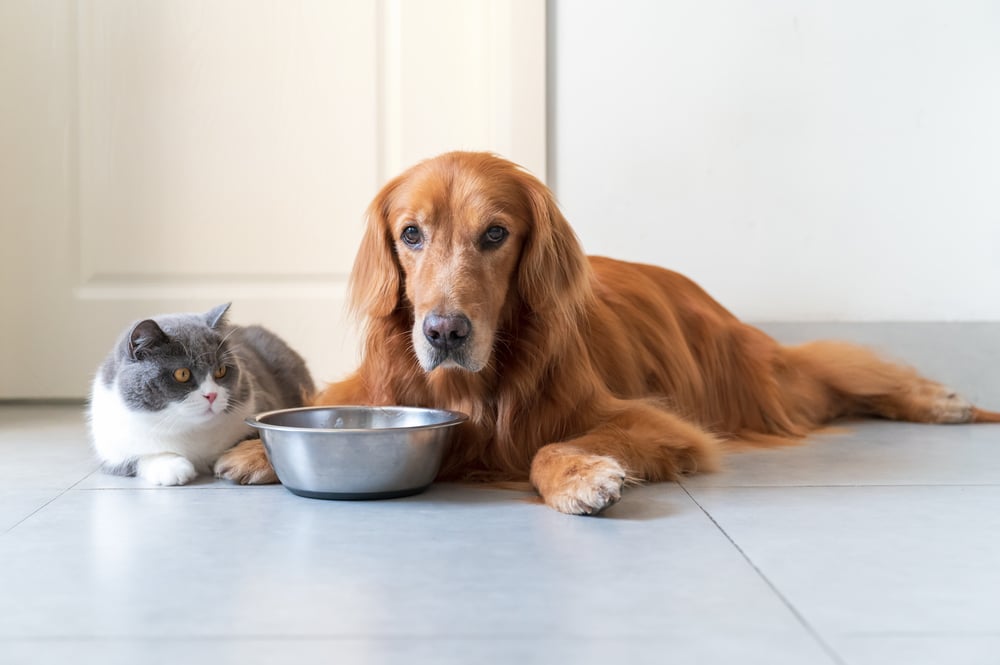
Each pet species, breed, and even individual has unique needs that may not align with common assumptions. For example, some dogs need more grooming or exercise than others, while certain cat breeds may require specific diets. Research your pet’s specific needs and consult your vet for guidance tailored to their breed and age.
Follow us for more of these articles.
13. Not Adjusting Care for Age
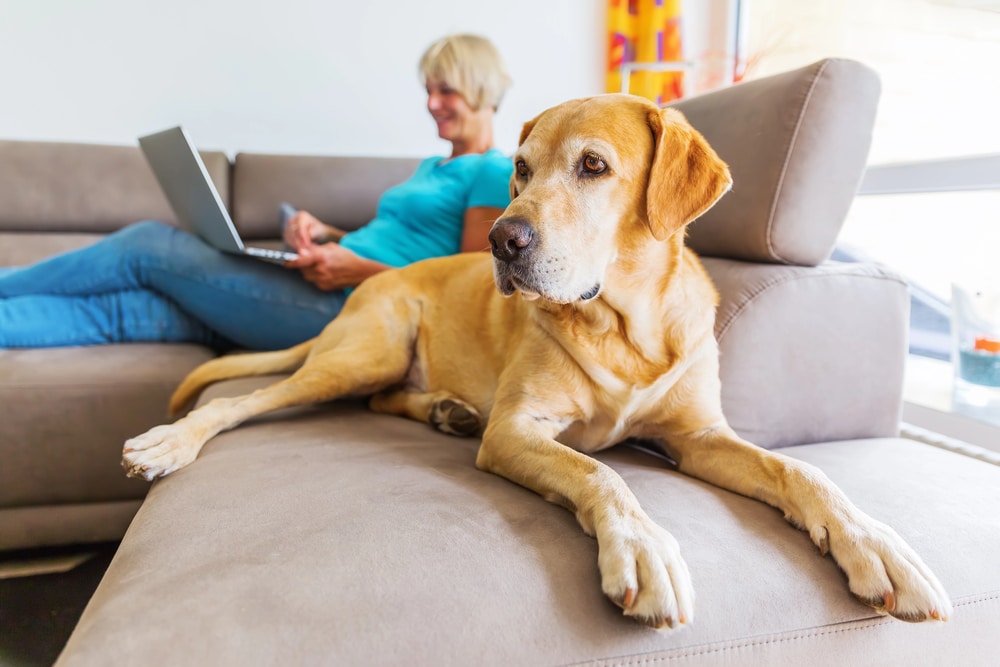
As pets age, their needs change, yet many owners overlook these adjustments. Senior pets often require special diets, more frequent vet visits, and different exercise routines. Monitor your pet for changes in mobility, appetite, and behavior as they age. Adjusting their care to fit their age ensures a comfortable, healthy life in their senior years.
14. Not Using Proper Identification

Pets without collars, microchips, or IDs are at greater risk of being lost or not returned if they go missing. Always use a collar with an ID tag, and consider microchipping as a backup. Microchips are permanent forms of identification that can help reunite you with your pet if they’re ever lost. Make sure the information is up to date, especially if you move.
Follow us for more of these articles.
15. Leaving Pets Alone Too Long

While many pets can handle being alone for short periods, extended time alone can lead to separation anxiety and destructive behaviors. Dogs and social animals, in particular, need interaction to stay happy and healthy. If you’re gone often, consider pet sitters, daycare, or arranging playdates. Having a consistent routine helps pets feel secure, even when they’re left alone.
16. Ignoring Signs of Illness or Pain

Pets often hide signs of illness or pain, so subtle changes in behavior can indicate health issues. Ignoring symptoms like lethargy, decreased appetite, or grooming changes can lead to more severe problems. Regularly monitor your pet’s behavior and consult your vet if you notice anything unusual. Early intervention can often prevent bigger health complications.
Follow us for more of these articles.
17. Adopting on Impulse

Impulse buying or adopting a pet without fully understanding the commitment can lead to problems. Pets require time, money, and care, and each has a unique personality that might not fit every household. Research the breed or species you’re interested in and make sure it aligns with your lifestyle. Thoughtful consideration can prevent regret and ensure a happy home for you and your pet.
Like our content? Be sure to follow us!






